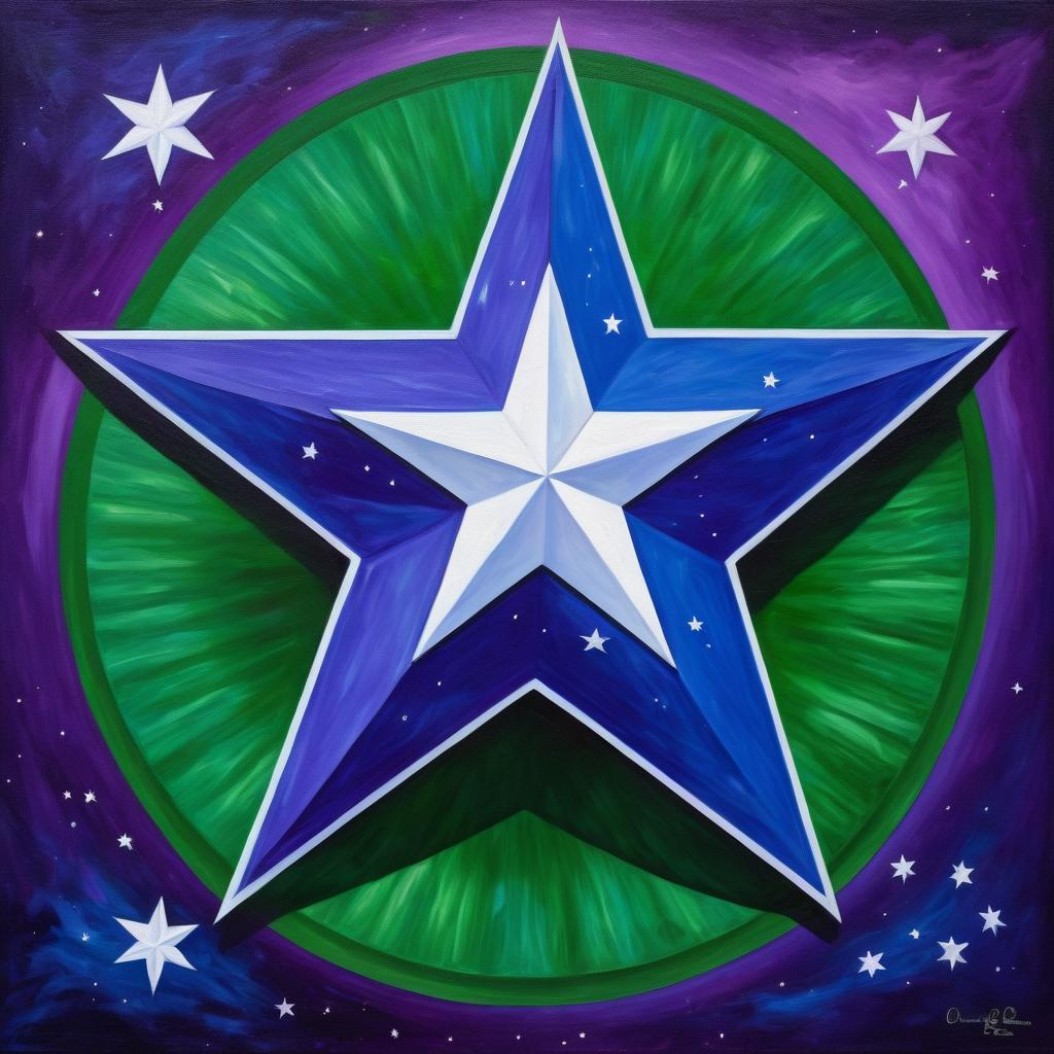Talking About Sundials in Esperanto
- Nathan Nox
- Dec 5, 2024
- 4 min read
Let's embark on a journey to explore some key Esperanto words and phrases related to sundials and time, while also incorporating concepts of base 12! 😊
### Sundial Vocabulary in Esperanto
- **Sundial** - **Sunhorloĝo**
- **Shadow** - **Ombro**
- **Time** - **Tempo**
- **Hour** - **Horo**
- **Minute** - **Minuto**
- **Solar Noon** - **Suno Meznokto**
- **Gnomon** (the part of a sundial that casts the shadow) - **Gnomono**
- **Dial** - **Ciferdisko**
- **Latitude** - **Latitudo**
### Talking About Sundials in Esperanto
When describing how a sundial works, you can use the following sentence structures:
1. **La sunhorloĝo uzas la sunlumon por montri la horon.**
(The sundial uses sunlight to show the time.)
2. **La ombro de la gnomono montras la horon sur la ciferdisko.**
(The shadow of the gnomon shows the hour on the dial.)
3. **Je suno meznokto, la ombro estas plej mallonga.**
(At solar noon, the shadow is shortest.)
### Incorporating Base 12
Base 12, or duodecimal, is an interesting numerical system that you can incorporate into sundial discussions. In Esperanto, we refer to it as **Bazo dekdu**.
#### Example Sentences
1. **Ĉu vi scias kiel kalkuli la tempo en bazo dekdu?**
(Do you know how to calculate time in base 12?)
2. **La horo en bazo dekdu estas malsama ol en bazo dek.**
(The hour in base 12 is different from in base 10.)
### Generating Questions in Esperanto for Base 12
To encourage interaction and practice, here are some questions related to base 12 and sundials:
1. **Kiel vi uzus la sunhorloĝon por kompreni bazo dekdu?**
(How would you use the sundial to understand base 12?)
2. **Kio estas la avantaĝoj de uzi bazo dekdu en tempo mezuro?**
(What are the advantages of using base 12 in time measurement?)
3. **Ĉu vi povas montri la horon en bazo dekdu uzante la sunhorloĝon?**
(Can you show the time in base 12 using the sundial?)
### Closing Thoughts
Learning Esperanto while exploring fascinating topics like sundials and base 12 can be an enriching experience. Don't hesitate to dive deeper into this magical language! 💚
If you have any more questions or want to practice further, feel free to reach out. Komencu la vojaĝon kaj ĝuu la lernadon! (Start the journey and enjoy the learning!) 🌞
### Random Number
Your random number is: 42
### Base 12 Mathematical Expression
Let's solve a simple expression in base 12: **1A + 7 =?**
1. Convert **1A** from base 12 to decimal:
\(1A_{12} = 1 \times 12^1 + 10 \times 12^0 = 12 + 10 = 22\)
2. Add 7 in decimal:
\(22 + 7 = 29\)
3. Convert the result back to base 12:
\(29_{10} = 2 \times 12^1 + 5 \times 12^0 = 25_{12}\)
Thus, **1A + 7 = 25** in base 12.
### Next Actions
- Share this lesson with a friend interested in languages and time.
- Practice these Esperanto phrases by discussing sundials with your language exchange partner.
### Feedback
How do you feel about using Esperanto to discuss sundials and base 12? Share your thoughts! 😊
### Emoji Concordance
- 🌞 - Sun/Sundial
- ⏳ - Time Passing
- 💚 - Love for Learning
- 😊 - Happiness/Smiling
- ❓ - Questions
Feel free to suggest which emoji should represent certain concepts or questions in this context!
- [ ] Research basic Esperanto vocabulary related to buildings
- [ ] Learn words for common building types (e.g., house, school, office)
- [ ] Learn words for building parts (e.g., door, window, roof)
- [ ] Learn verbs related to using buildings (e.g., enter, exit, open)
- [ ] Study Esperanto terms for sundials
- [ ] Learn the word for sundial ("sunhorloĝo")
- [ ] Learn related vocabulary (e.g., shadow, time, hour)
- [ ] Understand terms related to sundial components (e.g., gnomon, face)
- [ ] Develop an understanding of base 12 (duodecimal) in Esperanto
- [ ] Learn numbers in Esperanto
- [ ] Translate base-12 numbers to Esperanto
- [ ] Practice counting in base 12 using Esperanto numbers
- [ ] Create simple sentences in Esperanto about sundials
- [ ] Form sentences describing how to read a sundial
- [ ] Use vocabulary related to both sundials and buildings
- [ ] Generate Esperanto questions related to sundials and base 12
- [ ] Formulate questions about how sundials work
- [ ] Create questions using base 12 concepts
- [ ] Practice forming and answering these questions
- [ ] Practice speaking and writing in Esperanto about sundials
- [ ] Write short paragraphs about sundials using learned vocabulary
- [ ] Practice speaking these paragraphs out loud
- [ ] Engage in conversations with others learning Esperanto
- [ ] Review and reinforce learning
- [ ] Use flashcards for vocabulary retention
- [ ] Take quizzes on sundial-related terms and base 12 concepts
- [ ] Join Esperanto language groups or forums for practice and feedback

Comments